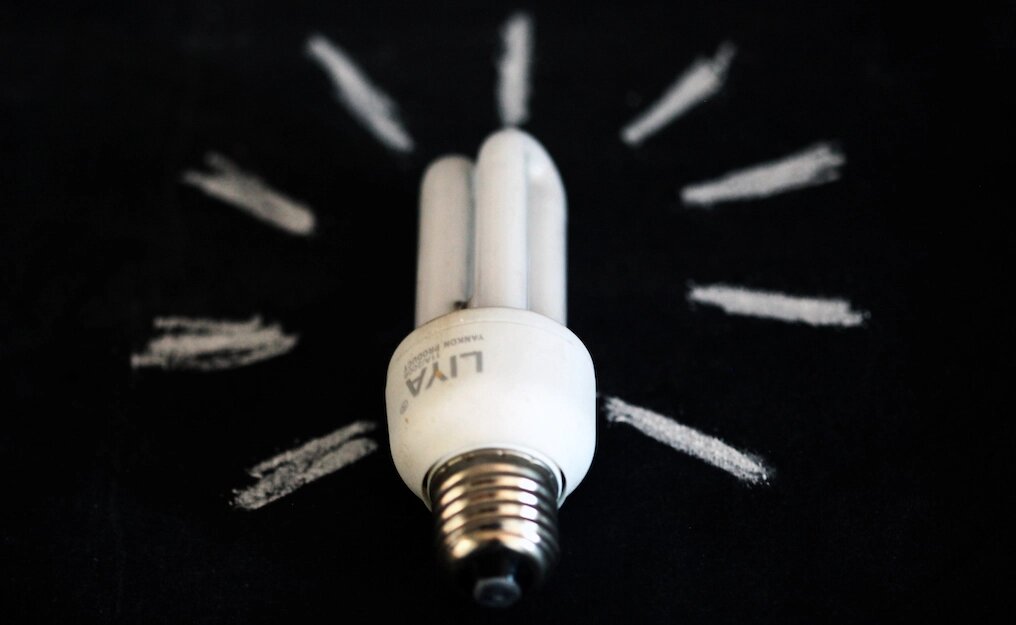Unlike the crisis in the 90s, today Cuba's lack of fuel is hardly responsible for the blackouts being suffered across the country. Rather, the pivotal factor now is the general decapitalization of the economy, the electrical system's instability being only the visible tip of the enormous iceberg of material and human ruin to which Castroism has reduced the country. How did we get here?
Every society faces the dilemma of how to use its revenue, having to decide between three alternative assignments of its wealth: which portion will be allotted to consumption, or the immediate satisfaction of needs; which will be used to amortize the depreciation of capital used; and how much it will invest to cover new means of production that generate greater future revenue.
Due to the Castroist economy's structural inefficiency, exacerbated as soon as Venezuelan subsidies dried up, the country's revenue fell and has, for years, been insufficient to sustain an acceptable level of consumption and sustain positive gross fixed capital formation (amortization + investment).
In this context, the Government had two options: to address the problem by altering its political and economic system until the revenue produced was increased endogenously, or to conceal the problem, keeping consumption relatively intact for some time, at the cost of reducing investment and amortization, with the disastrous consequences on the country's future income that this would entail.
Because increasing national productivity would entail dismantling Castroism, which has no intention of accepting its demise, and does not care about the people, the Government chose the latter, to hide the problem, for years using the part of its revenue that should have been used to amortize and invest to buy chicken, oil and fertilizer, while factories, streets, houses, hospitals, tractors and thermoelectric plants were breaking down due to continued use without necessary repairs.
To top it all off, the scant investment that was made was dedicated to lopsided investments in tourism, but without the proportional outlays in complementary industries and services essential to make this sector profitable, which led to a massive immobilization of capital in hotels, such that it is now necessary to import everything from sheets, to onions, to the diesel for the power plants that must be used when the country suffers a blackout.
Already aware of the impossibility of rescuing Cuba from poverty while maintaining absolute power, Castroism decided to deceive the people by maintaining its usual levels of consumption —which were already perilously high— for a few more years, even though this meant decapitalizing the productive part of the economy. The Government bought time, thereby placing the country in its current predicament, in which it no longer generates enough money to eat, or heal itself, and is slowly shutting down —a depressing metaphor for what Cuba is suffering as a result of a perverse use of national resources to sustain a regime rather than to safeguard Cuba’s future.
$250 million a year is the price tag of the cyclical maintenance and capital required by the national electro-energy system to light the country. Instead of ensuring this, the regime earmarked the money for consumption and a flawed tourism investment structure, ultimately, to feed the farce that the system was sustainable.
Thus, although there is enough installed power to generate 6,558 megawatts (MW), more than double the 2,900 MW of average peak demand, generation is proving insufficient because the electrical system has been decapitalized down to 60% of its capacity, an indicator of what has happened to the country more generally.
Of the 20 generating units, 19 are over 37 years old and have operated for over 220,000 hours, despite being machines designed to operate for 25 years/200,000 hours. Moreover, capital maintenance is overdue on more than 80% of these units, so they are old, obsolete and poorly maintained... Miraculously, they sometimes work.
The deterioration has reached such a point that, even if there were money for capital repairs, it would be impossible to shut down a plant for maintenance because it would overload the rest, and they would break down.
To prevent such a collapse, about 15 years ago 2,606MW of distributed generation was added to the national electricity system, precisely to sustain electricity production when capital repairs were carried out on the main thermal units. However, because the motors distributed have not been properly maintained either, the system has already lost almost 50% of their generation power, or is about to do so.
The reality is that Cuba never really overcame the crisis of the 1990s, because Castroism and progress are incompatible. Venezuela provided a stopgap solution to them, but after that windfall, the country has only been sustained by accumulated capital that has been falling apart right before everyone's eyes. Now, wherever one looks, outside Cuba's half-empty hotels is destruction, decay, grime, sadness and anger, and this did not happen overnight, but rather in a premeditated, malicious way, as its rulers has been plundering the country, decapitalizing it so as not to recognize a foreseeable failure, with the people paying the price.
